Assuming probing is adequate, and circuit layout hasn't introduced ground loop noise outside of the regulator entirely:
It's hard to say exactly what your noise is (in terms of spectrum), but judging by the 20mV and 20µs scale, it seems to be on the order of 30mVpp, with a strong peak in the 50-100kHz range, plus harmonics; and perhaps other harmonics or noise beyond a few MHz.
There may be other noise that isn't visible here, say if the 1x probe setting implies a conventional 1x/10x probe where the bandwidth is about 6MHz on the 1x setting.
In any case, we have enough information that is worth checking against the regulator's specifications:

Source: LM337 Datasheet
In this frequency range, PSRR is under 20dB, meaning a reduction of more than 10x or under say 3mVpp will not be obtained from the regulator alone (it does improve with the CADJ of course, but the advantage drops quickly as frequency rises).
LM317 has a similar limitation, though it performs better than LM337 does at these (transitional to cutoff) frequencies.
(A note on frequency range: these regulators are feedback control systems, internally; the control loop can only respond as fast as it can, with the limiting value being the cutoff frequency. Cutoff isn't directly documented, but corresponds roughly to where PSRR and Zo run out; here, 1MHz or thereabouts. By "transitional", I mean the range over which that gain is decreasing, as frequency increases; this is a necessary aspect of such a control system, and is visible in PSRR as the slope from about 100-100k Hz. At low frequencies, DC gain takes over, and PSRR and Zo are stable vs. frequency; here, below 100Hz.)
If you're looking to get say a few mV, or fractional mV, out of this, you have bigger problems, which the LM337 cannot solve by itself. You will likely also need to deal with common mode noise or ground loops, which are out of scope of this question, but strongly encouraged further reading.
On the upside, such frequencies are readily filtered with an LC network, say a CLC filter using 220uF, 47uH, 220uF (use electrolytics). Common mode requires other mitigation (good layout, CM chokes, shielding and grounding). The regulator's job is then much easier, and performance closer to its intrinsic noise level becomes possible.
You may also consider simply getting a better power supply, from a well regarded major brand, with EMC certifications, from reputable suppliers not shipping counterfeits.
Honestly, I don't even have a clue what would be making that racket. It's too rough, and an odd waveform, to be SMPS output; surely it doesn't have a huge motor hanging off it or something?! In any case, it seems a pretty awful power source.

 The positive input is very noisy, but the LM317 circuits knocks down the noisy properly (B and D captions)
The negative input is less noisy, but the LM337 doesn't seems to regulate the voltage as well as the LM317, as if something was resonating.
At the moment I have a load > 10mA on the positive and the negative line.
The positive input is very noisy, but the LM317 circuits knocks down the noisy properly (B and D captions)
The negative input is less noisy, but the LM337 doesn't seems to regulate the voltage as well as the LM317, as if something was resonating.
At the moment I have a load > 10mA on the positive and the negative line.